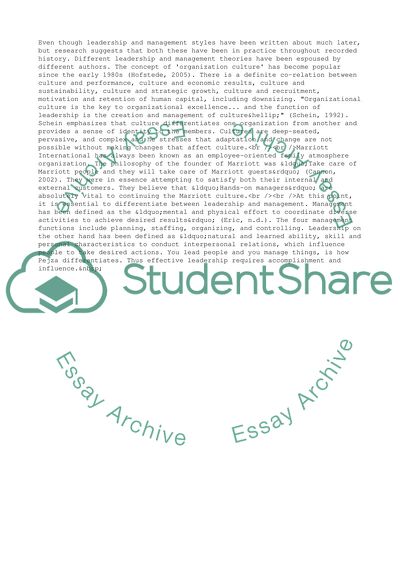Cite this document
(Management and Leadership of Marriott International Case Study, n.d.)
Management and Leadership of Marriott International Case Study. https://studentshare.org/management/1708339-management-and-leadership
Management and Leadership of Marriott International Case Study. https://studentshare.org/management/1708339-management-and-leadership
(Management and Leadership of Marriott International Case Study)
Management and Leadership of Marriott International Case Study. https://studentshare.org/management/1708339-management-and-leadership.
Management and Leadership of Marriott International Case Study. https://studentshare.org/management/1708339-management-and-leadership.
“Management and Leadership of Marriott International Case Study”. https://studentshare.org/management/1708339-management-and-leadership.


